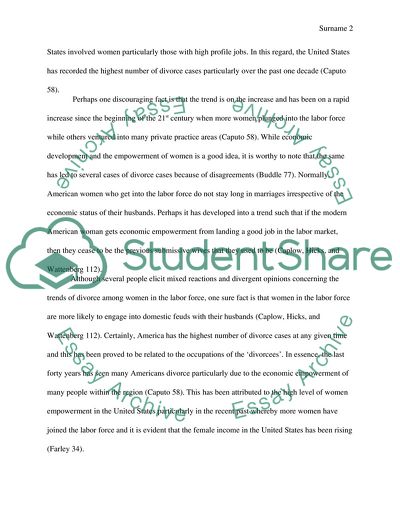Cite this document
(Divorce Trends among American Women in Labor Force Literature review Example | Topics and Well Written Essays - 2000 words, n.d.)
Divorce Trends among American Women in Labor Force Literature review Example | Topics and Well Written Essays - 2000 words. https://studentshare.org/gender-sexual-studies/1814260-divorce-and-women-labor-force
Divorce Trends among American Women in Labor Force Literature review Example | Topics and Well Written Essays - 2000 words. https://studentshare.org/gender-sexual-studies/1814260-divorce-and-women-labor-force
(Divorce Trends Among American Women in Labor Force Literature Review Example | Topics and Well Written Essays - 2000 Words)
Divorce Trends Among American Women in Labor Force Literature Review Example | Topics and Well Written Essays - 2000 Words. https://studentshare.org/gender-sexual-studies/1814260-divorce-and-women-labor-force.
Divorce Trends Among American Women in Labor Force Literature Review Example | Topics and Well Written Essays - 2000 Words. https://studentshare.org/gender-sexual-studies/1814260-divorce-and-women-labor-force.
“Divorce Trends Among American Women in Labor Force Literature Review Example | Topics and Well Written Essays - 2000 Words”. https://studentshare.org/gender-sexual-studies/1814260-divorce-and-women-labor-force.


